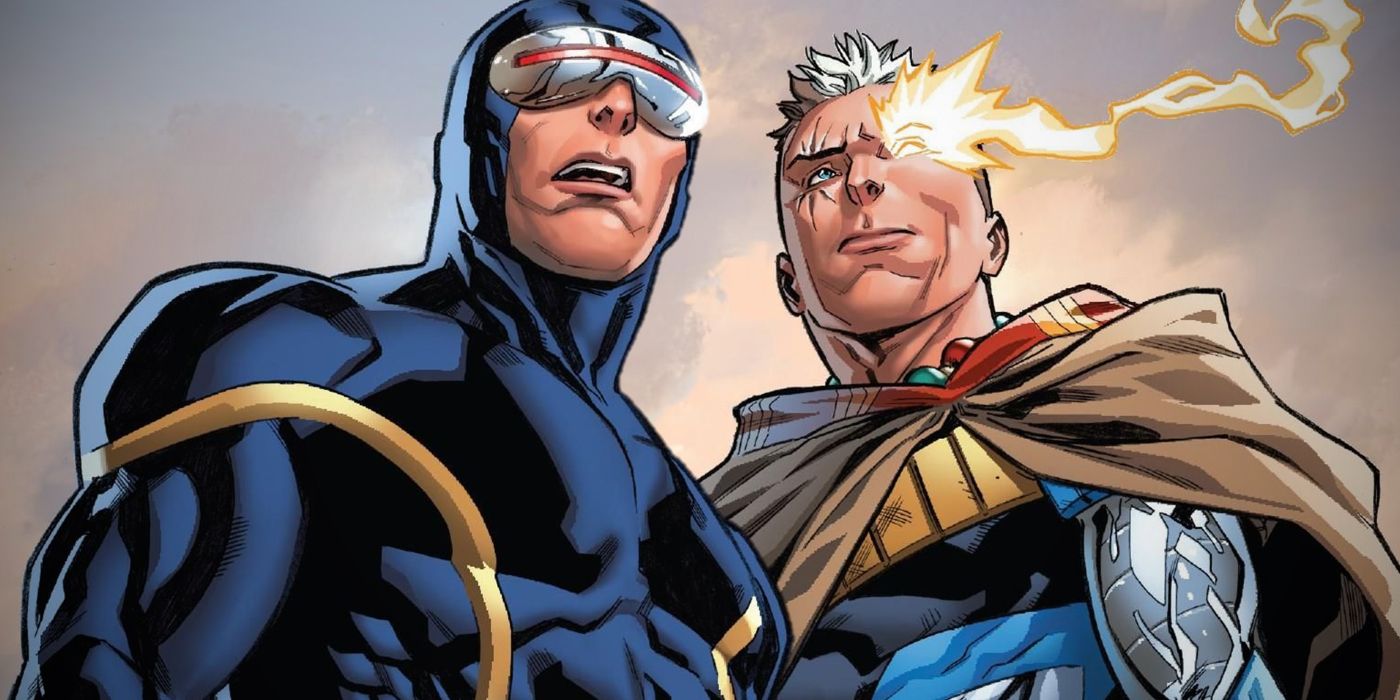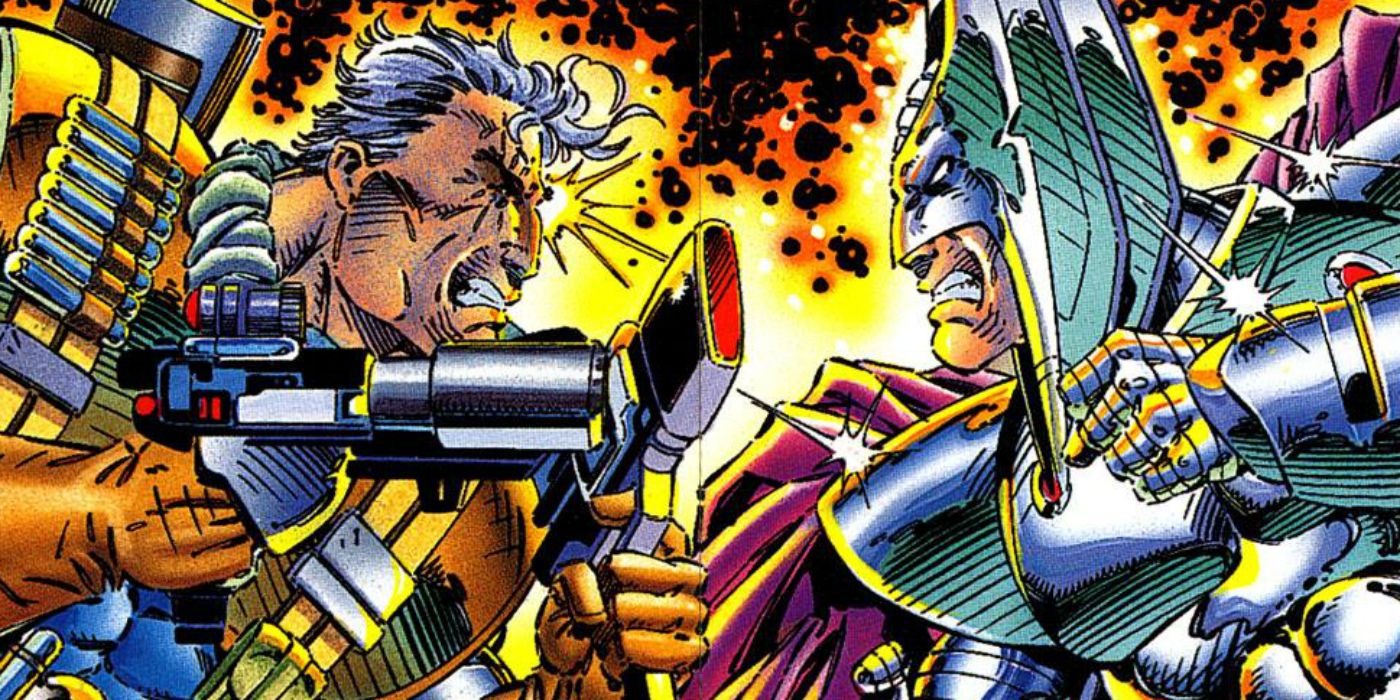
In the 1990s, Marvel Comics retconned Cable as the son of the X-Men's Cyclops - but how did it happen? When most comic book characters are introduced, the first issue is an origin story. Occasionally things are told a little out of sequence, but as a rule, the writer always has a sense of the character and their backstory when they're making a debut. But that hasn't always been the case with the X-Men; in fact, a major reason Stan Lee came up with the idea of mutants in the first place was because he was getting fed up having to come up with all these origin story. How did a mutant get their powers? They were born with them.
Fast forward to 1990, and Marvel introduced Cable, a cybernetic gun-slinger who swiftly became the New Mutants' mentor. Bizarrely, there's actually a dispute over exactly who created Cable in the first place; in general, he's usually viewed as Rob Liefeld's creation, because he'd long since sketched out a character he saw as a cross between the Terminator and John McClane from Die Hard. About the only things that were locked down about Cable's origin were the fact he was a time traveler (Liefeld insisted on this), and that he was a military man. In fact, before Marvel settled on the name "Cable," Louise Simonson used the placeholder name "Commander-X" - a nice way of instantly signifying the difference between him and Professor X. But that was it.
In New Mutants #100, Rob Liefeld had the villainous Stryfe unmask, revealing Cable's likeness. He was intending them to actually be the same person, just from different points in their own personal timeline; Cable would gradually descend into madness, becoming Stryfe, the villain he'd been fighting all along. But meanwhile, editor Bob Harras, writer Whilce Portacio and artist Jim Lee came up with an actual origin story for the mystery man; they hit upon the idea that the infant Nathan Summers, the child of Cyclops and Madelyne Pryor (who's subject to just as many tortuous retcons) would be sent to the future, where he would grow up to become Cable. Liefeld wasn't particularly happy, but he figured out a course-correction. He hit upon the idea that Stryfe was the original Nathan Summers, and Cable was the clone, but Marvel editorial nixed that idea. Cable became the real deal, and Stryfe the clone.

And then, in 1992, a group of Marvel's most prominent creators left to form Image Comics in an event known as the "X-Odus," because most of them were associated with the X-Men books. Naturally, this caused absolute chaos across the X-Men range, because all the long-term plans were suddenly thrown into disarray. This had a particularly pronounced effect on the "X-Cutioner's Song" event, which was intended to reveal the truth about Cable and Stryfe once and for all. With the publishing line in chaos, Marvel had no idea when Cable would return, and so they decided to keep an element of mystery to it all. Instead of concrete answers, "X-Cutioner's Song" settled for tantalizing hints. It was only when Cable finally returned that the truth was revealed, with every detail clarified in Scott Lobdell and Gene Ha's The Adventures of Cyclops and Phoenix miniseries in 1994.
Cable perfectly illustrates the problems that can arise if a character's origin and backstory isn't established from the outset. Comic books are a team enterprise, especially when you're dealing with a massive range like the X-Men books. As such, anybody and everybody can get involved - and the result can be chaotic to say the least.
from ScreenRant - Feed https://ift.tt/3hJAFam



0 Comments